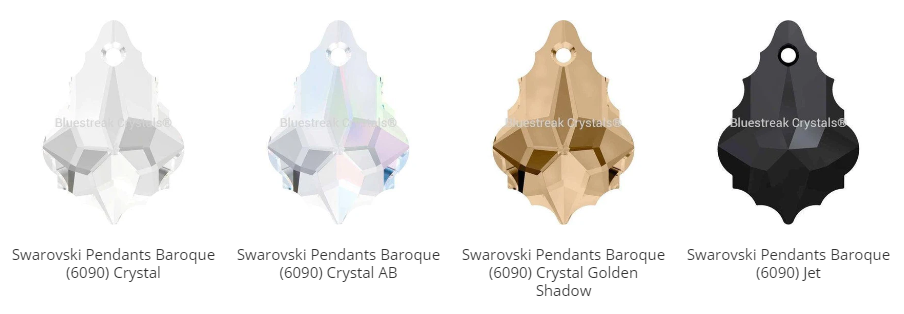
Carat Weight in Diamonds Explained
When shopping for a diamond, the term "carat weight" is likely one of the first things you’ll encounter. But what does it actually mean, and how does it affect the value, appearance, and overall quality of the diamond? Understanding carat weight is an essential part of buying a diamond, whether it’s for an engagement ring, a necklace, or any other piece of jewelry. Let’s explore the meaning behind carat weight, how it impacts your decision, and what to keep in mind when making your purchase.
What is Carat Weight in Diamonds?
Carat weight is a measure of a diamond’s weight, with one carat equaling 200 milligrams. This may seem small, but in the world of diamonds, even tiny differences in carat weight can make a noticeable impact on price and appearance. It’s important to note that carat weight doesn’t determine a diamond’s size on its own—factors like cut and shape also influence how large a diamond looks.
How Carat Weight Affects Diamond Value
The Relationship Between Carat and Price
The value of a diamond increases significantly as its carat weight goes up, but the increase isn’t linear. Larger diamonds are rarer, which makes them more expensive. For instance, a single 2-carat diamond will usually cost much more than two 1-carat diamonds combined. This pricing structure reflects the scarcity of larger diamonds, which makes them particularly desirable.
Carat Weight vs. Appearance
While carat weight is a key factor in a diamond’s value, it doesn’t always guarantee a larger appearance. The diamond’s cut plays a major role in how big it looks. A well-cut 1.5-carat diamond, for example, can appear larger than a poorly cut 2-carat diamond. This is why focusing solely on carat weight can sometimes lead to disappointment if other factors aren’t considered.
Understanding the 4 Cs of Diamonds
When buying a diamond, carat weight is just one of the 4 Cs you’ll need to evaluate. Each of these factors works together to determine a diamond’s overall quality and appeal.
Carat Weight
As mentioned earlier, carat weight refers to the diamond’s size in terms of weight. It’s a major factor in pricing, but it’s not the only one.
Cut
The cut of a diamond determines its brilliance, sparkle, and overall appearance. A high-quality cut can enhance the diamond’s beauty and even make it appear larger than its carat weight might suggest.
Color
Diamonds are graded on a color scale ranging from D (colorless) to Z (noticeable yellow or brown hues). A colorless diamond is more valuable, but personal preference plays a role here too.
Clarity
Clarity measures the absence of imperfections, or inclusions, in the diamond. Higher clarity grades are more expensive, but many imperfections are microscopic and don’t affect the diamond’s visible quality.
If you’re considering diamond alternatives, you can explore the differences between diamonds and moissanite in our guide on comparing moissanite and diamond.
Choosing the Right Carat Weight for Your Needs
Setting a Budget
Carat weight significantly influences a diamond’s price, so having a clear budget in mind is important. Often, you can find diamonds just below major weight milestones, like 0.9 carats instead of 1.0 carats, which look nearly identical but cost less.
Considerations for Different Occasions
The ideal carat weight can depend on the occasion and how the diamond will be worn. Engagement rings typically feature diamonds with higher carat weights, while smaller diamonds might be perfect for earrings or pendants.
Popular Carat Weights and Their Significance
Some carat weights, like 1.0 carat or 2.0 carats, are particularly popular because they’re seen as milestones. These diamonds often come with a price premium, but they can hold symbolic value for many buyers.
Common Myths About Carat Weight
Bigger is Always Better
While larger diamonds can make a statement, they’re not always the best choice. Factors like cut, clarity, and color also play crucial roles in a diamond’s overall beauty.
Carat Weight Equals Size
Carat weight refers to weight, not dimensions. A diamond’s cut and shape can significantly affect how large it appears.
All Carat Weights Are Priced the Same
The price of a diamond depends on multiple factors, not just carat weight. A high-quality smaller diamond can cost more than a lower-quality larger one.
A Higher Carat Weight Means a Better Diamond
Carat weight is just one piece of the puzzle. A poorly cut diamond with a high carat weight may lack sparkle, while a smaller, well-cut diamond can shine brilliantly.
You Should Always Choose the Highest Carat Weight You Can Afford
Focusing solely on carat weight can lead to overlooking other important qualities. Sometimes, a slightly smaller diamond with better cut or color can be the smarter choice.
Final Thoughts
Carat weight is a vital factor to consider when choosing a diamond, but it’s just one part of the equation. By understanding how carat weight interacts with the other 4 Cs, you’ll be able to find a diamond that fits both your budget and your personal style. Whether you’re shopping for an engagement ring, a necklace, or another piece of jewelry, taking the time to evaluate all aspects of the diamond will ensure you make a choice you’ll love.
For alternative options with stunning brilliance, check out our range of high-quality Swarovski pendants. Whether you’re looking for a classic diamond or something unique, there’s a perfect piece waiting for you.







